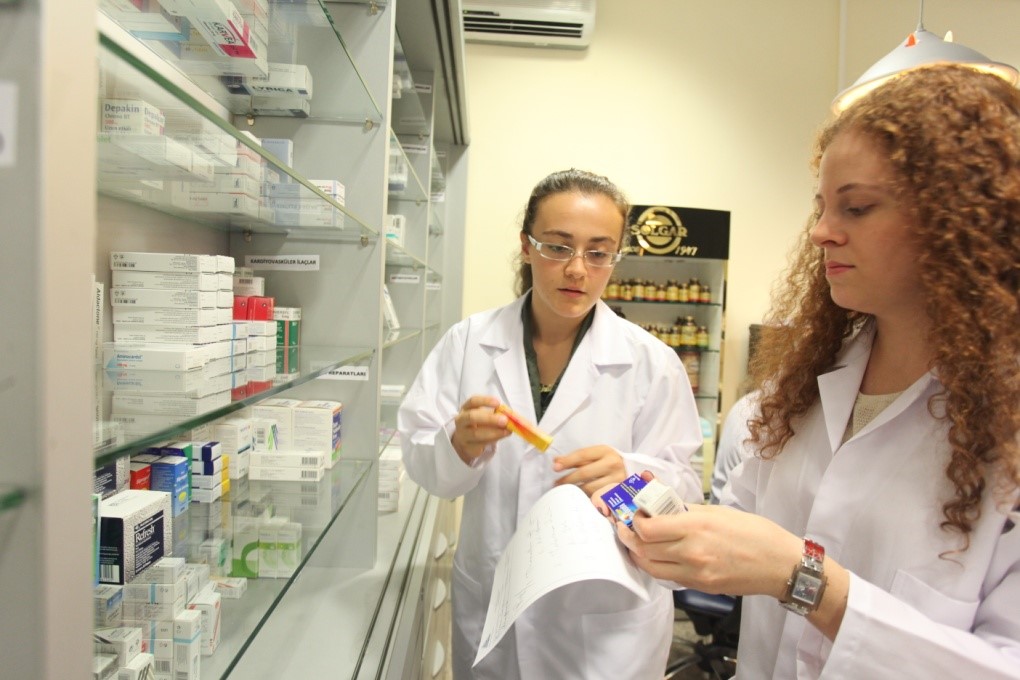
What is Physical Therapy?
The American Physical Treatment Association defines physical therapy as "... a health profession whose main function is the promotion of optimal human health and function through the application of scientific concepts to avoid, determine, assess, correct, or relieve intense or extended movement dysfunction".
Physical Therapy is an occupation whose main purpose is the restoration, upkeep, and promo of ideal health, function, and quality of life for people of any ages. The science of physical treatment involves the application of therapeutic methods, methods, and interventions that help rehabilitate an individual to their optimum physical potential. The art of physical therapy is assisting individuals help themselves.
In laws and regulations specifying practice, physical treatment is frequently defined as the care and services supplied by a physiotherapist or a physical therapist assistant under the direction and guidance of a physiotherapist, and include:
Alleviating problems and practical restriction by designing, carrying out, and customizing therapeutic interventions;
Avoiding injury, disability, functional limitation and special needs; and Participating in consultation, education, and research study.
More details about the profession of physical therapy might be acquired by visiting the American Physical Treatment Association's web website at www.apta.org
Who are Physical Therapist Assistants?
Physiotherapist Assistants, or PTA's, are proficient health care providers who deal with and under the direction and supervision of a physiotherapist to offer physical therapy services. In order for a specific to practice as a PTA, they should graduate from a recognized PTA program and effectively pass a licensing/certification exam.
PTA's play an important function in providing physical treatment services for individuals with various specials needs. When a patient seeks or is referred for physical treatment services, the physical therapist performs a preliminary assessment and outlines a strategy of care. The PTA can then carry out all or part of the treatment strategy as advised by the physical therapist.
The American Physical Treatment Association recognizes the PTA as the only individual who helps the physical therapist in the shipment of chosen physical therapy interventions.
What does a Physiotherapist Assistant do?
The physical therapist assistant (PTA) carries out physical treatment interventions and related jobs under the direction and guidance of a physiotherapist. Such duties might include training patients in restorative exercise and activities of day-to-day living, using physical representatives such as cold, heat, electrical power, or water for discomfort relief and recovery, instructing individuals in making patient care technician diploma miami use of assistive gadgets for walking, participating in injury care, promoting wellness and injury avoidance, offering client and household education, training patients in wheelchair activities, helping the physical therapist in carrying out patient evaluations and complicated interventions, and much more.
The PTA likewise monitors the client's response to treatment, carries out different tests and measures, files relevant elements of patient care, and keeps ongoing interaction with the supervising physiotherapist, in addition to other healthcare experts.
What is the difference in between a PT and a PTA?
The physical therapist (PT) and the physiotherapist assistant (PTA) differ in instructional preparation and levels of responsibilities as it connects to the provision of physical treatment services.
Today, the overwhelming bulk of PT schools educate physiotherapists at the Doctorate level, although numerous practicing therapists were informed when programs required just a Master's or Bachelor's degree. The PTA is educated at the Partner's degree level, which typically equates to two years of college.
The PTA has a working understanding of the theory behind treatment interventions, knows pathological conditions being dealt with, and understands how to use techniques and strategies used to deal with those conditions.
The PT has comprehensive education in evaluative abilities, research, and administration, along with sophisticated coursework in human anatomy, neuroanatomy, orthopedics, pathology, and healing methods. Both the PT and the PTA need to graduate from recognized programs and pass a licensing examination in order to practice in their particular roles.
Consumers/patients might seek the services of the physiotherapist directly, or, the patient might be referred to a physiotherapist by a physician. The PT carries out the initial evaluation and evaluation of the client. The evaluation will result in a physical treatment diagnosis, and as proper, the PT will establish objectives or outcomes to be achieved by a physical treatment plan of care and treatment strategy.
The PTA can not perform the preliminary examination or assessment; nevertheless, the PTA may help the PT in collecting information. Following the evaluation of the patient, the PTA might perform picked interventions and data collection as directed by the supervising PT. The PTA needs to always work under the instructions and supervision of a physiotherapist. The collective relationship between the PT/PTA is extremely effective and valued, and the group considerably contributes to the success of the total rehabilitation procedure.